For an exothermic chemical process occurring in two as
(i) A+B→X (slow)
(ii) X→AB (fast)
The process of the reaction can be best described by
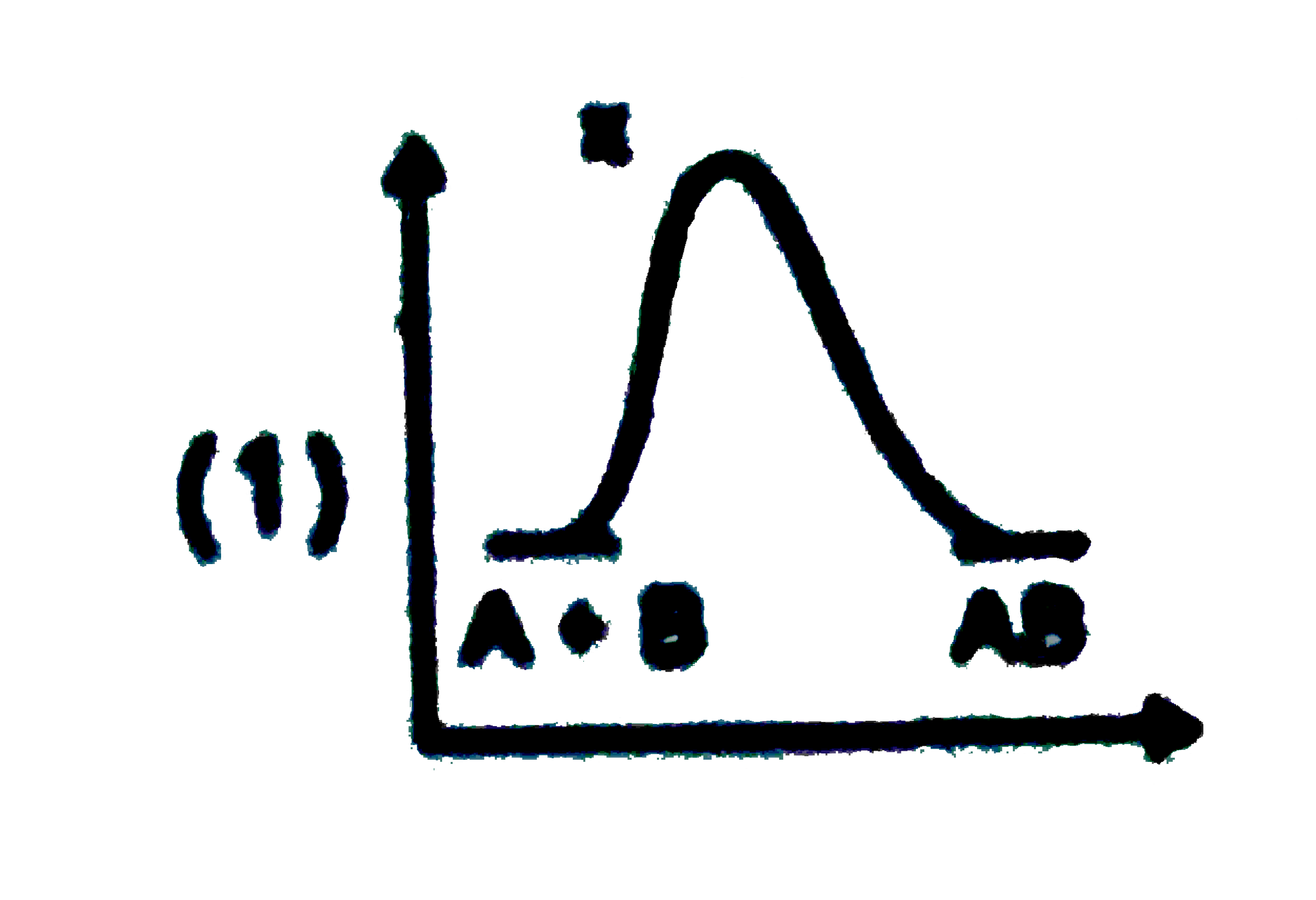
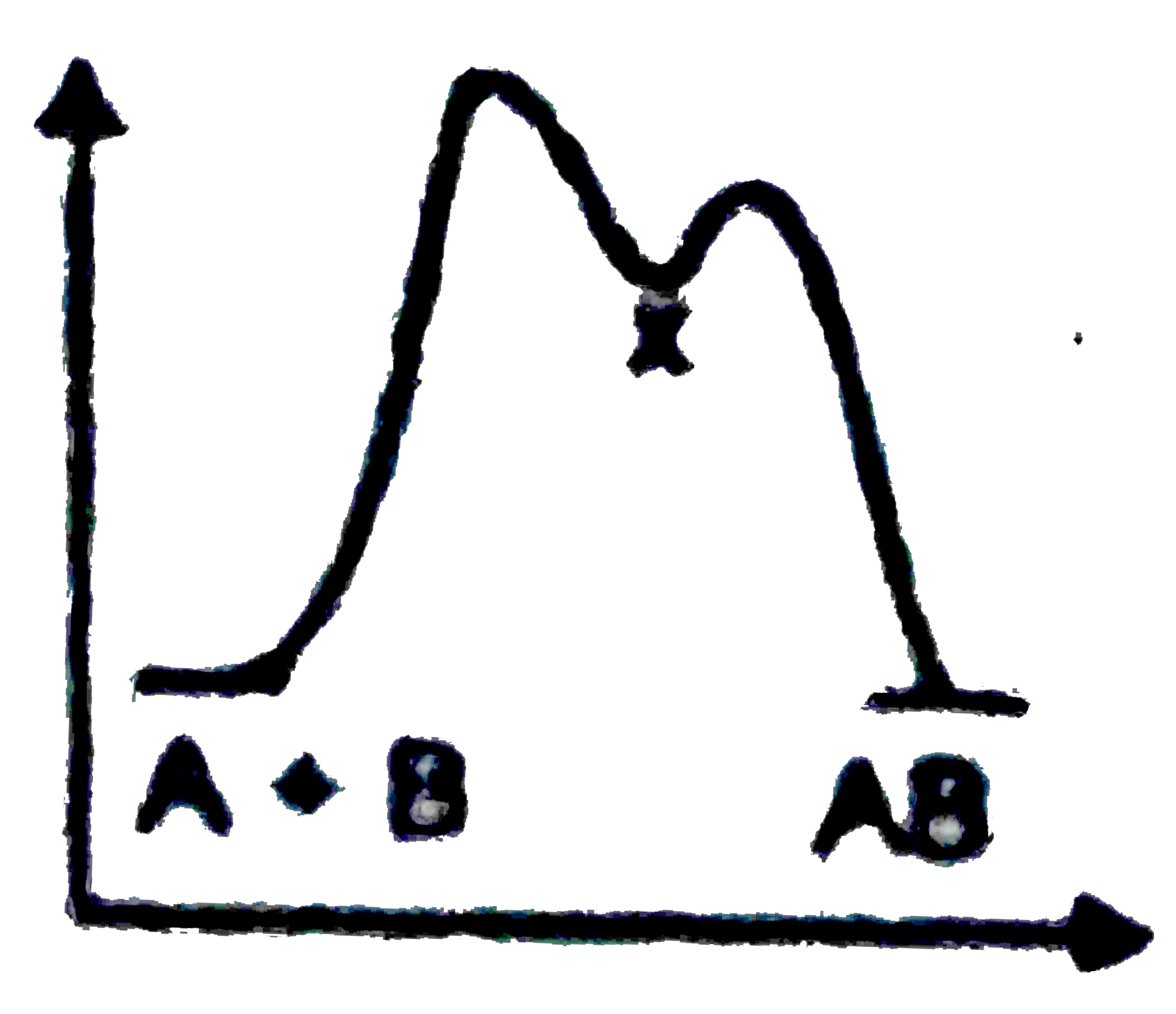
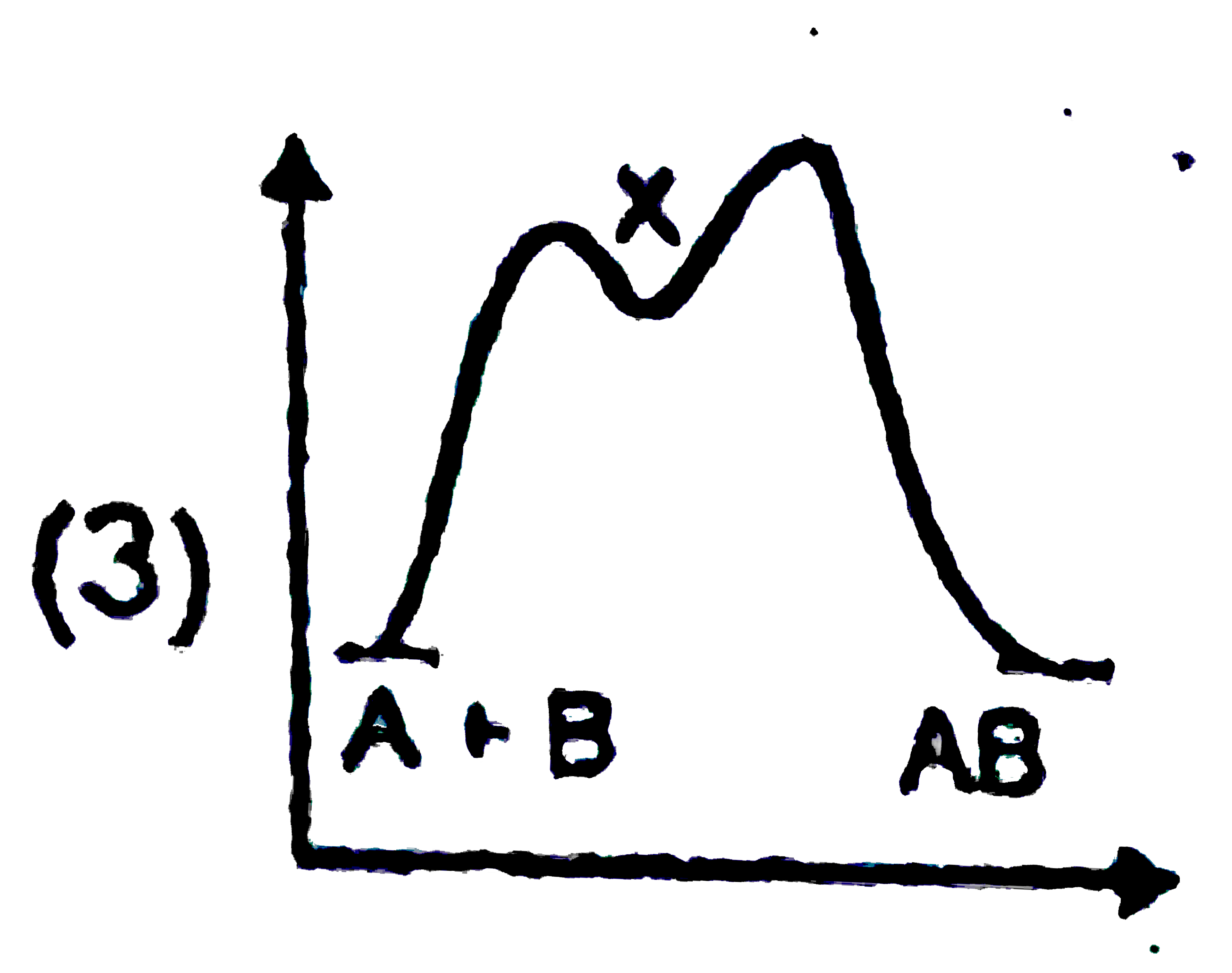
None of these
The correct Answer is:1
Note that after formation of X( a slow process ) the decomposition of X is fast. The energy of activation for formation of X is high.
Topper's Solved these Questions
- BOOK - RESONANCECHAPTER - CARBONYL COMPOUNDS (ALDEHYDES & KETONES ) & CARBOXYLIC ACID EXERCISE - Part -IV23videos
CARBONYL COMPOUNDS (ALDEHYDES & KETONES ) & CARBOXYLIC ACID
- BOOK - RESONANCECHAPTER - CHEMISTRY IN EVERYDAY LIFEEXERCISE - ORGANIC CHEMISTRY(Chemistry in every day life)31videos
CHEMISTRY IN EVERYDAY LIFE
Similar Questions
Knowledge Check
- Question 1 - Select One
For an exothermic chemical process ocuuring in two process occuring in two steps as follows
(i)A+B→X(slow) (ii)X→AB(fast)
The progress of reaction can be best described by :A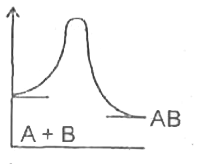 B
B C
C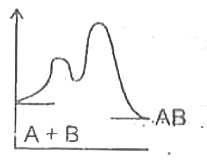 DNone of these
DNone of these - Question 2 - Select One
For an exothermic chemical process ocuuring in two process occuring in two steps as follows
(i)A+B→X(slow) (ii)X→AB(fast)
The progress of reaction can be best described by :A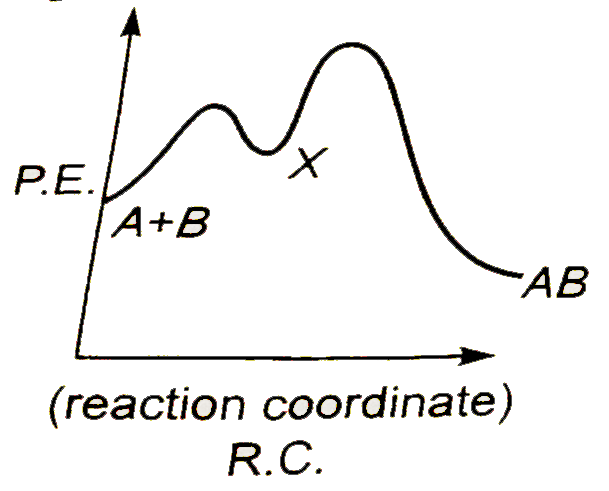 B
B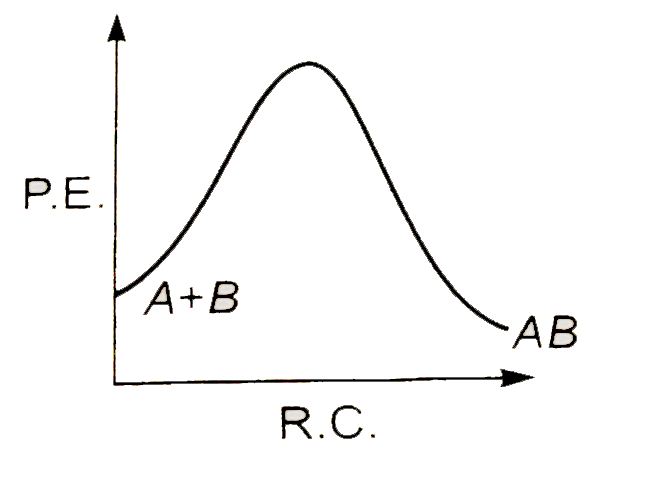 C
C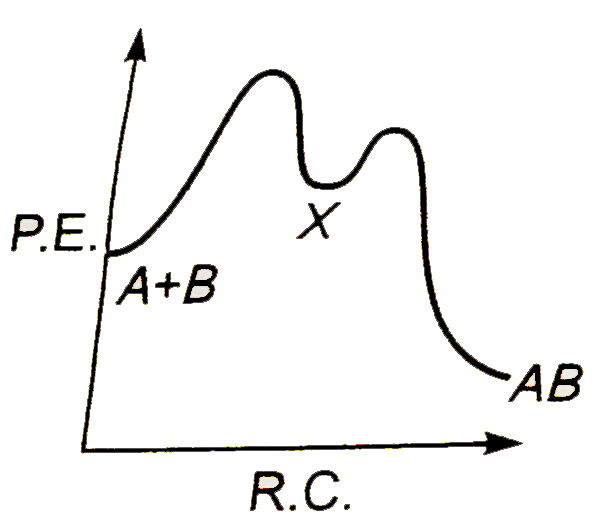 D
D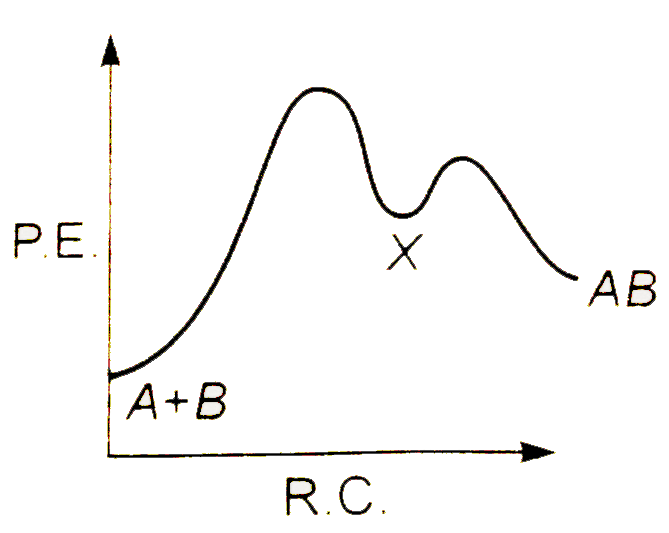
- Question 3 - Select One
A chemical reaction A+2B⇒AB2 follows in two steps
A+B⇒ AB(slow)
AB+B⇒AB2 (fast)
Then the order of the reaction isA3B2C1D0
Mechanism of a hypothetical reaction
X2+Y2→2XY, is given below :
(i) X2→X+X(f∗)
(ii) X+Y2=XY+Y(slow)
(iii) X+Y→XY(fast)
The overall order of the reaction will beView SolutionFor an exothermic reaction, following two steps are involved.
Step 1. A+B→I (slow)
Step 2. I→AB (fast)
Which of the following graphs correctly represent this reaction ?View SolutionMechanism of a hypothetical reaction
X2+Y2→2XY is given below:
(i) X2→X+X (fast)
(ii) X+Y2⇔XY+Y (slow)
(iii) X+Y→XY (fast)
The overall order of the reaction will be :View SolutionA following mechanism has been proposed for a reaction
2A+B→D→E
A+B→C+D(slow)
A+C→E (fast)
The rate law expression for the reaction by RDS methd is:View SolutionA following mechanism has been proposed for a reaction:
2A+B→D+E
A+B→C+D (slow)
A+C→E (fast)
The rate law expresison for the reaction isView Solution


